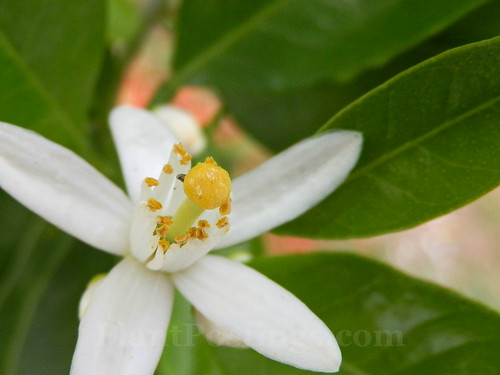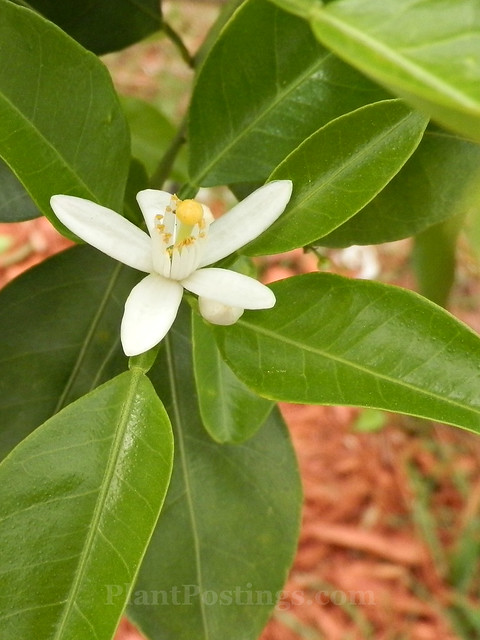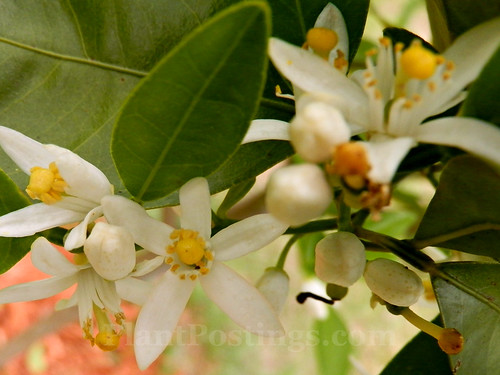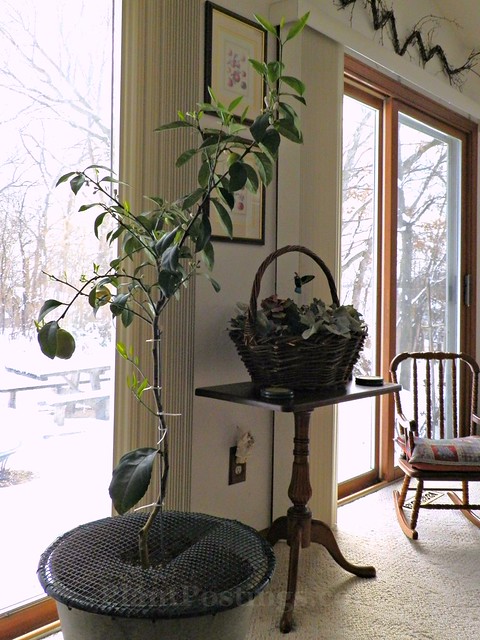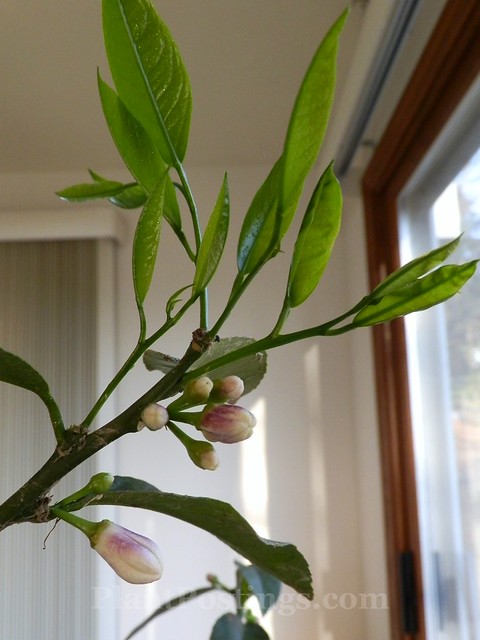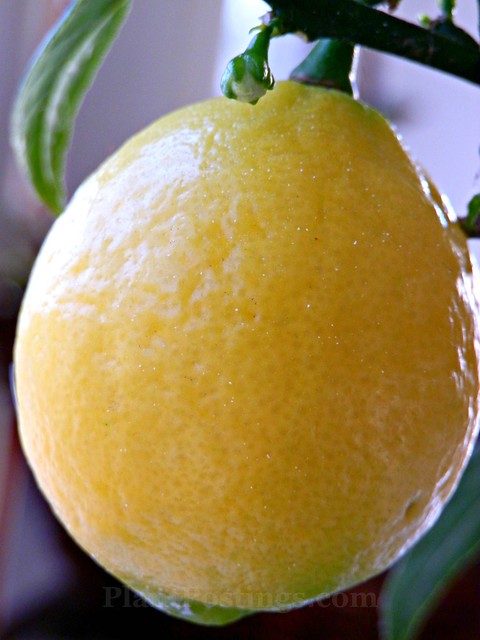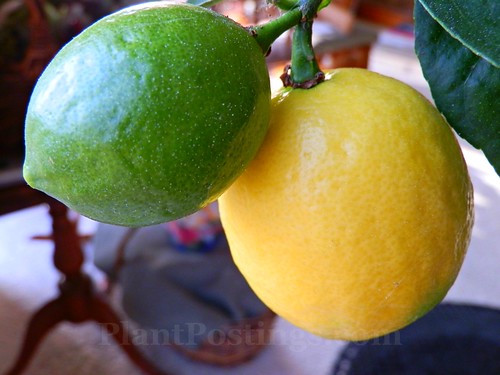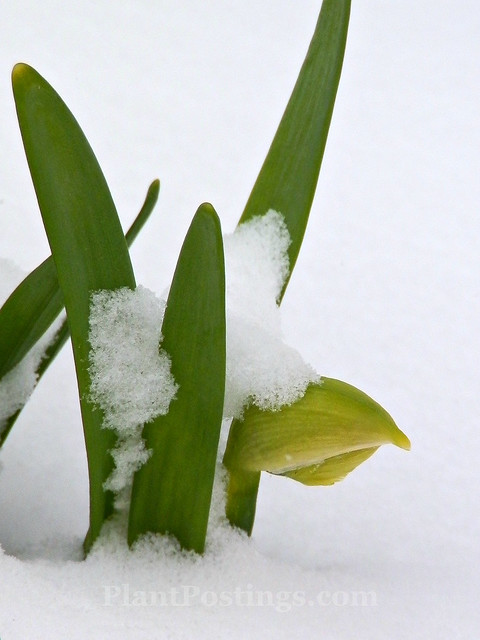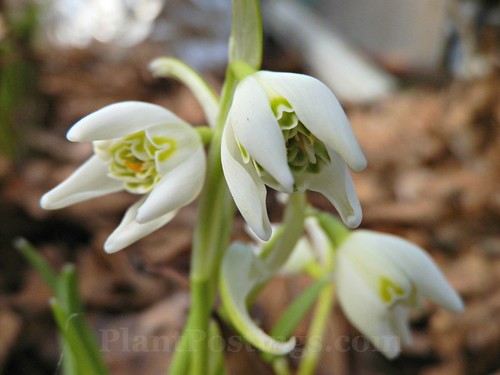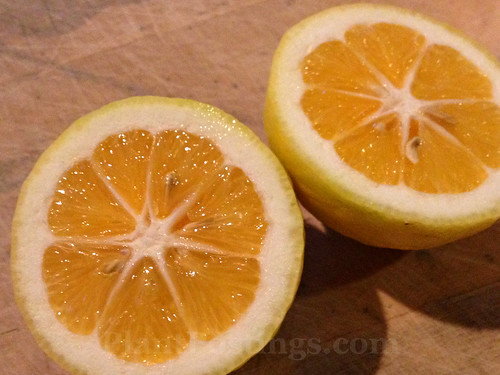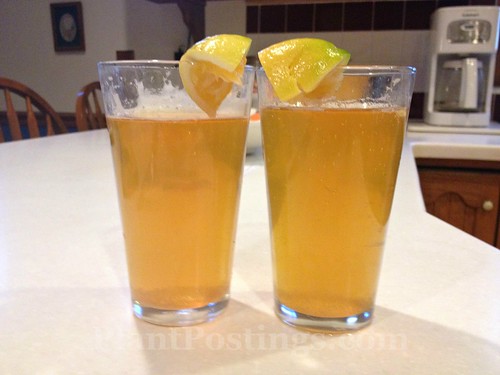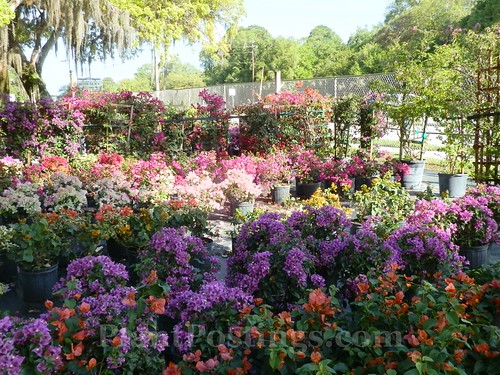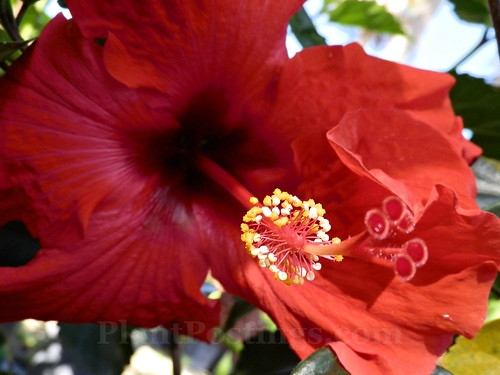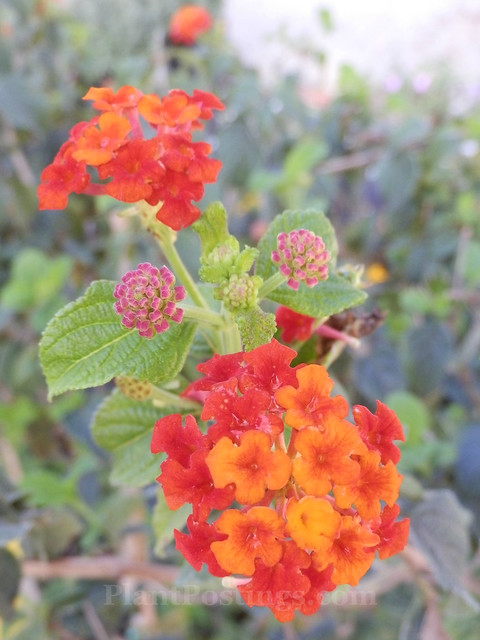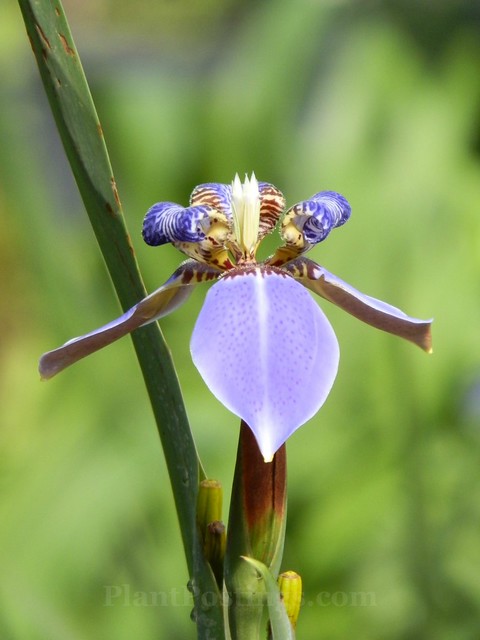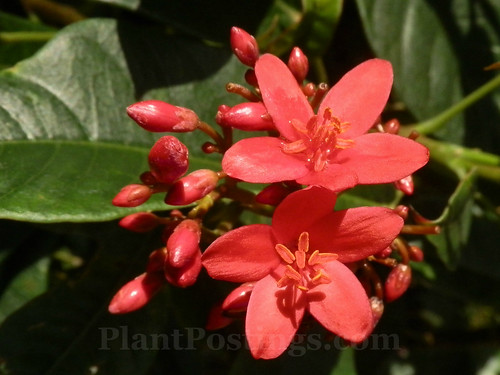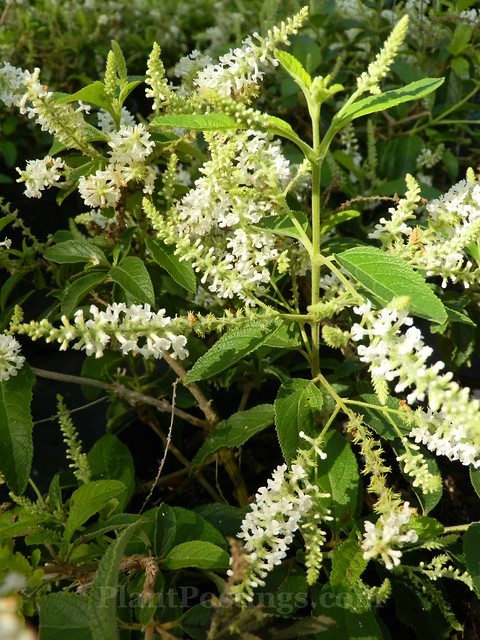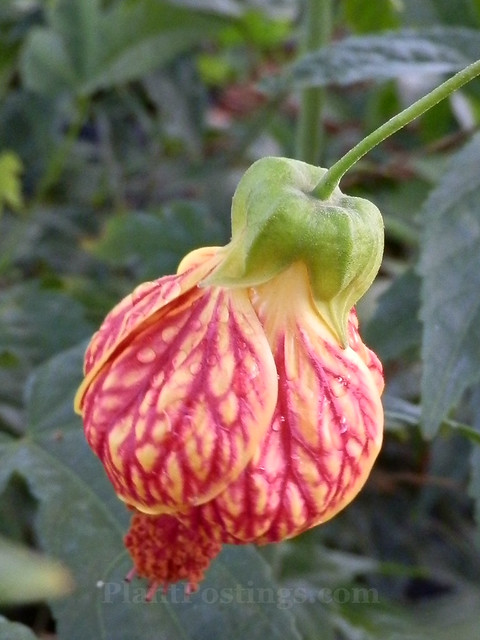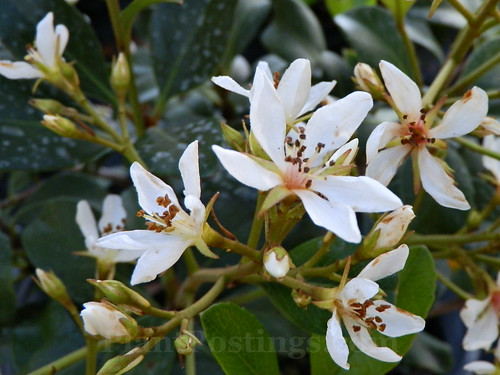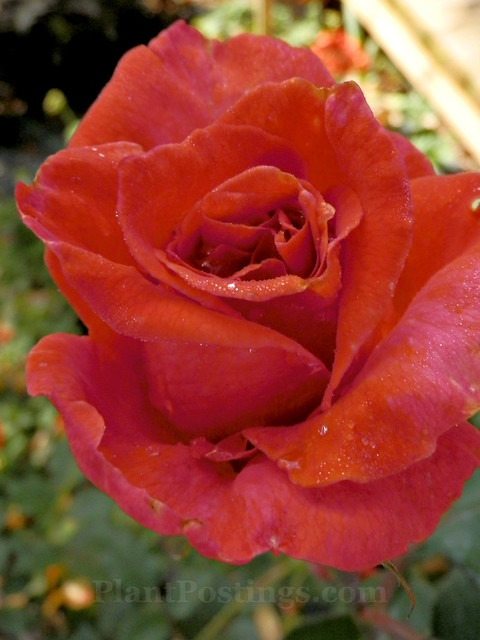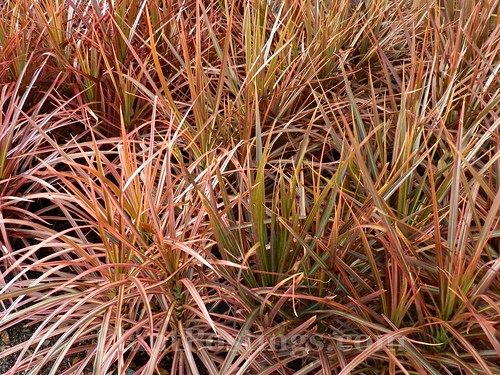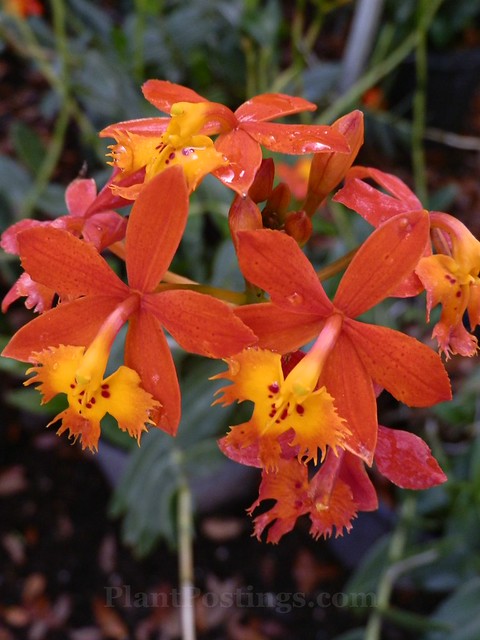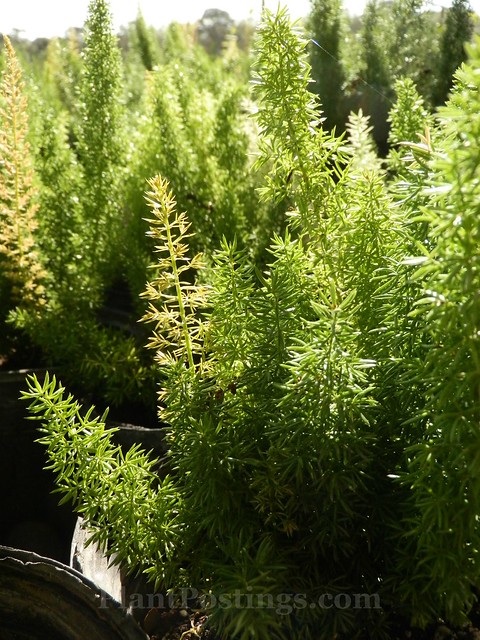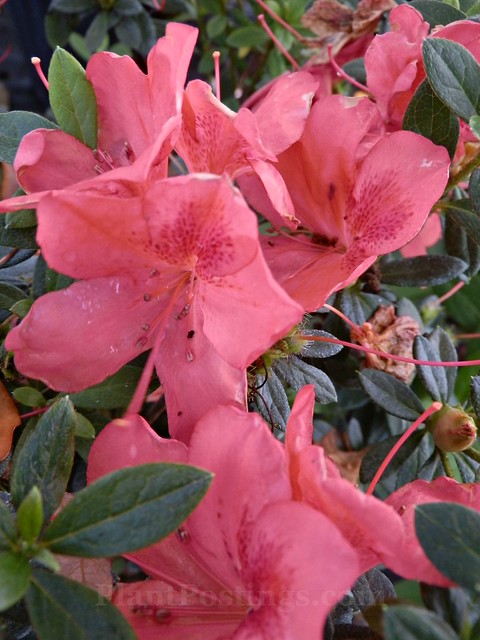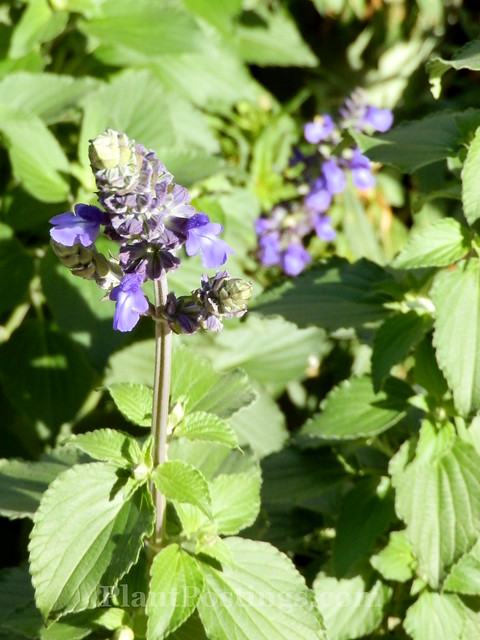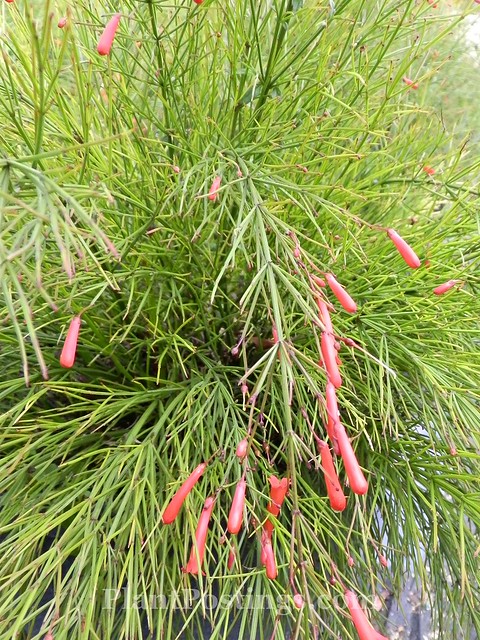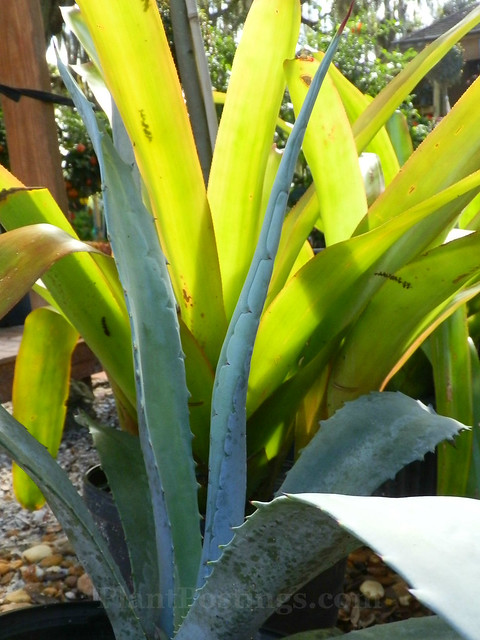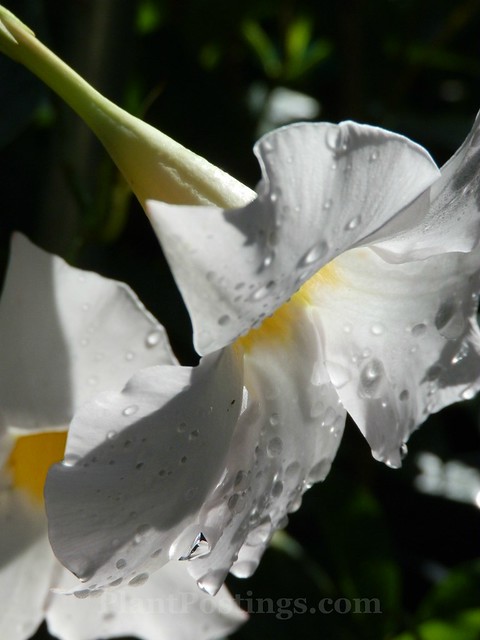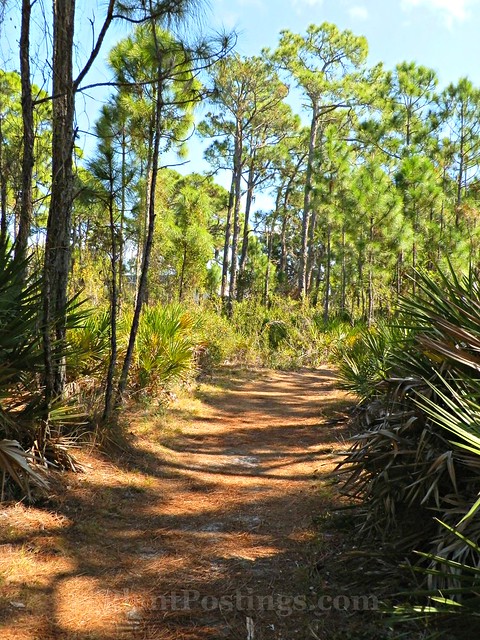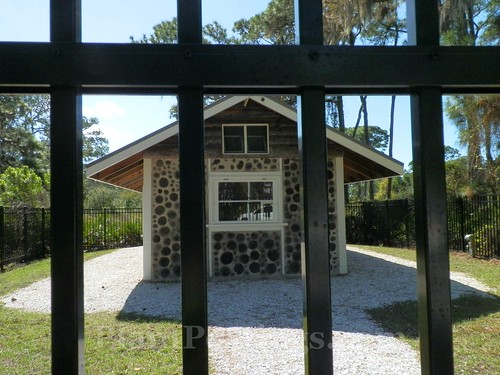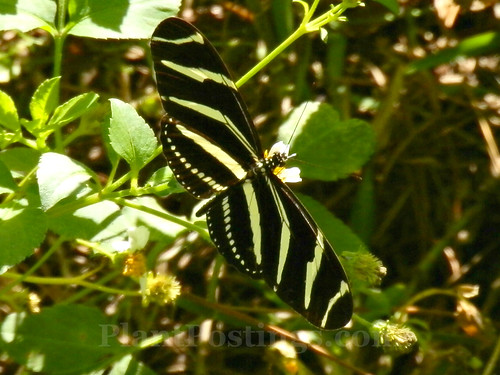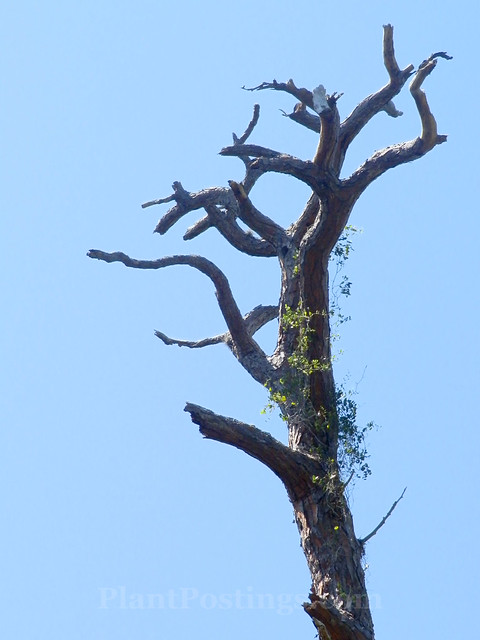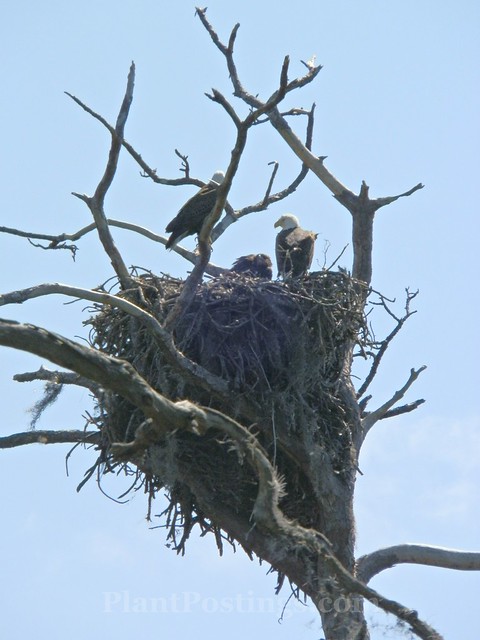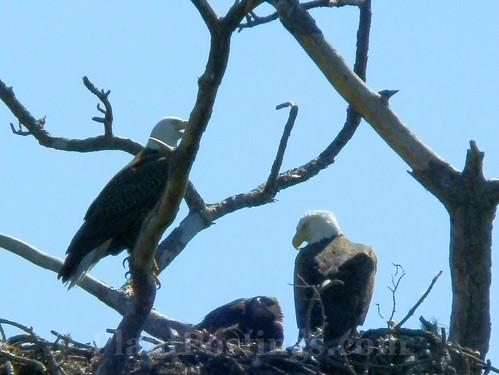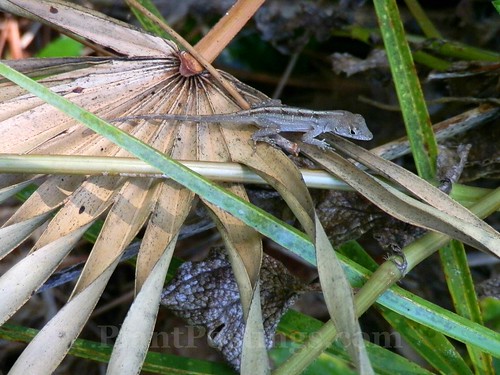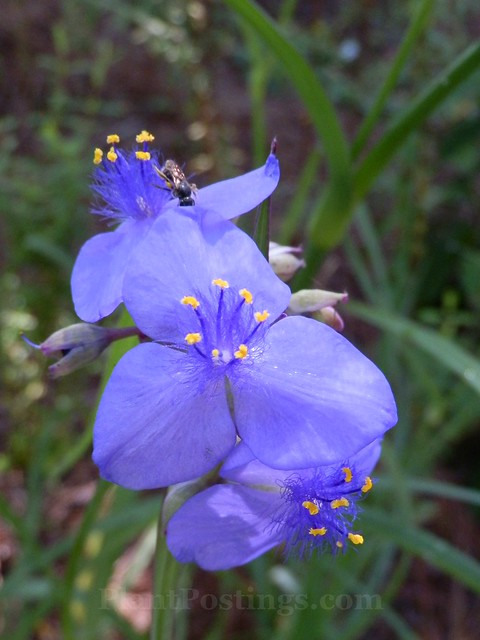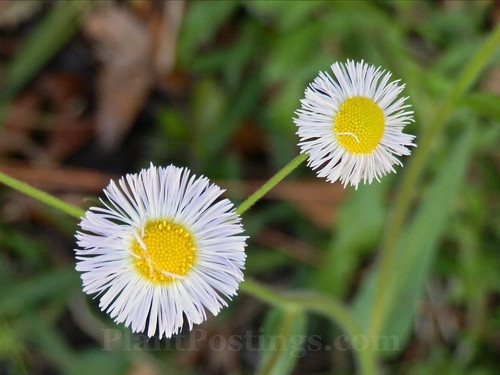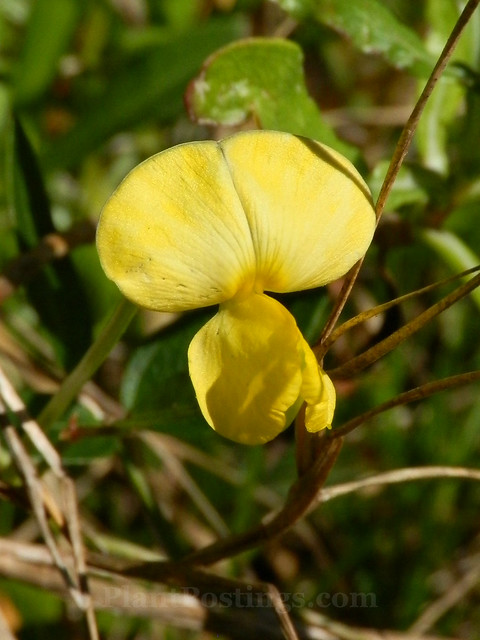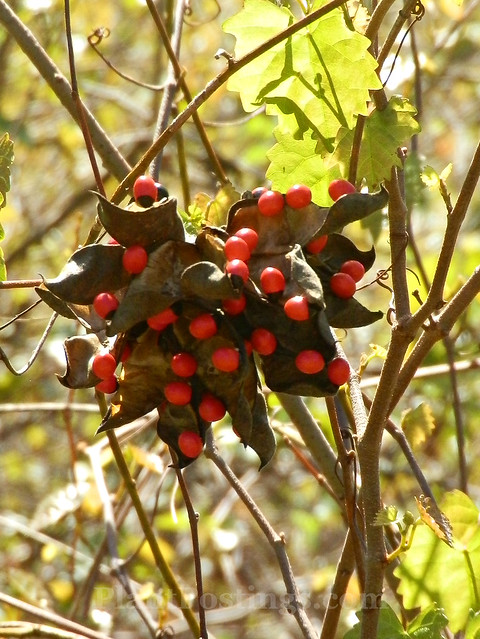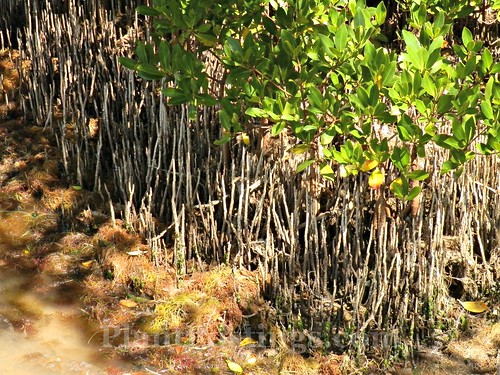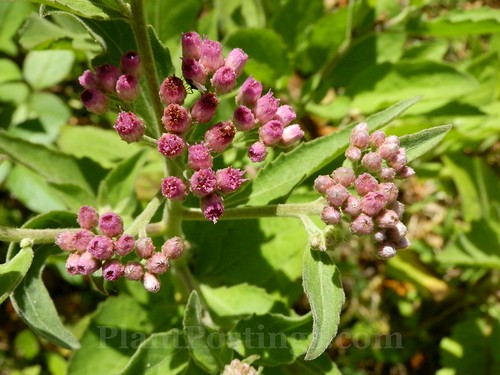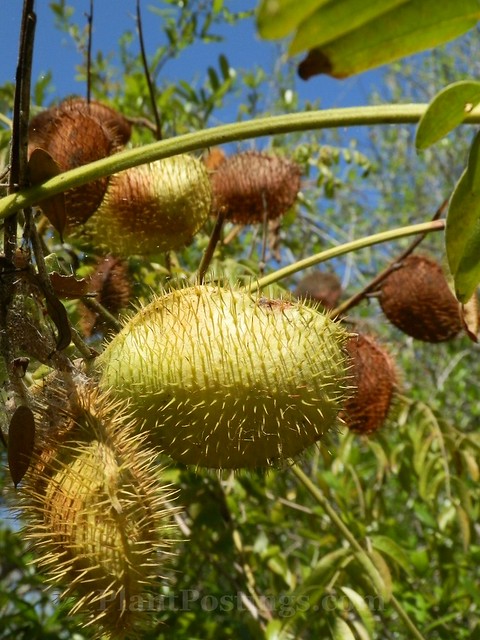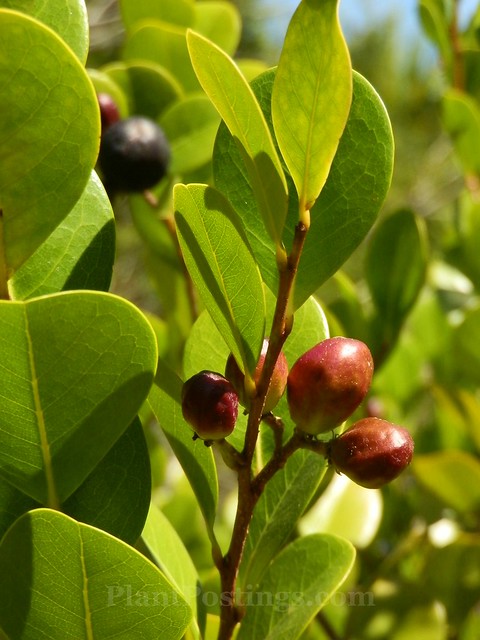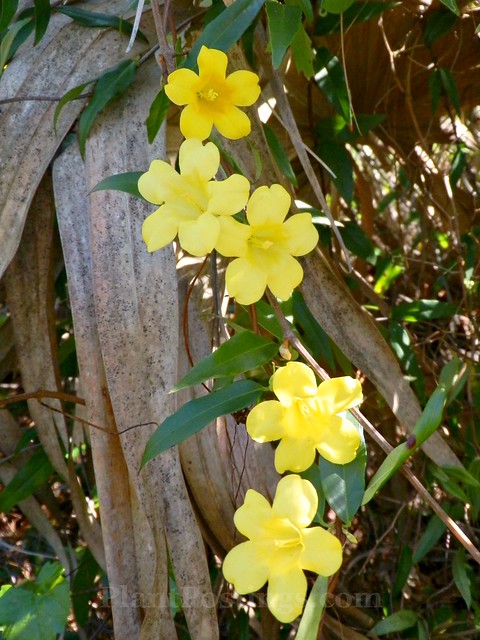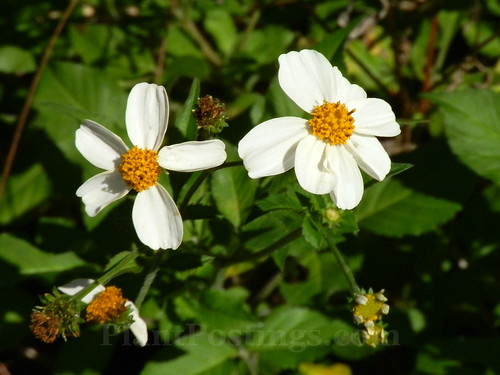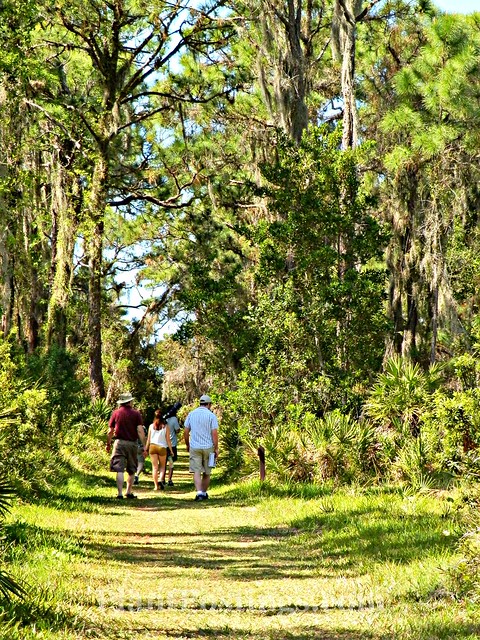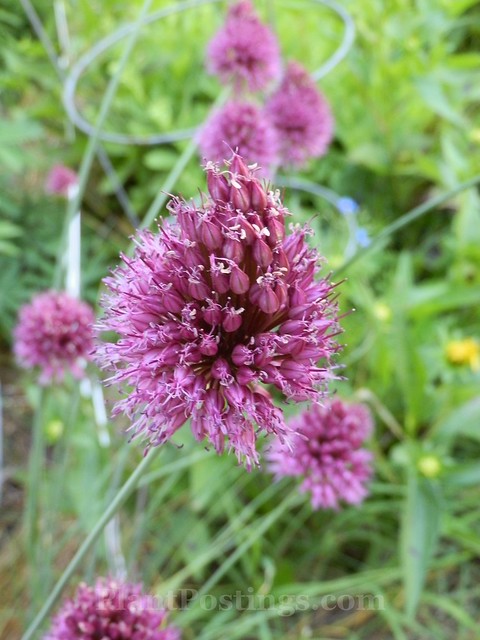
Do you grow Alliums in your garden? Of course you do, if you grow onions, garlic, chives, shallots, or leeks. But there's an entire class of ornamentals in the Allium genus, grown for their beauty, companion-planting value, and pollinator-attracting abilities.

What's that popping out of my otherwise barren, mulch-covered potager? Why, it's Drumstick Alliums (A. sphaerocephalon)! They're sometimes surprising in the timing of their appearance each year (they seem early this year), but they never let me down.
I take them for granted so much that I don't have photos of them at their classic peak of interest. That's embarrassing. For beautiful examples, please click here and here. (Note to self: Grab the camera this year when the Alliums are blooming.)
There's always something more showy blooming when they're at their peak, which makes them great companions and "filler" flowers in late spring/early summer bouquets.
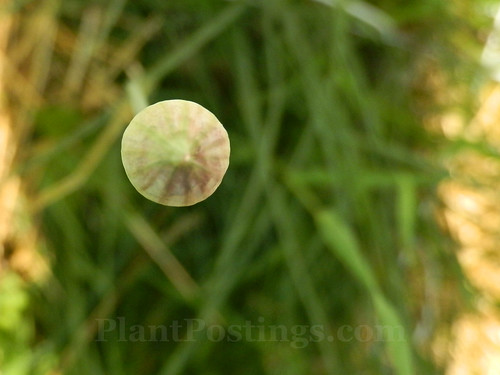
I do have photos of them at the bud stage.

Also, a mediocre shot showing them green and just about to add their colors.
Here's a little information of interest: Drumstick Alliums are happy in USDA zones 4 to 8, according to the Missouri Botanical Garden. They prefer full sun and dry to medium levels of moisture. Their height ranges from 2 to 3 feet, with a spread roughly half that, although they have a definite tendency to spread and naturalize. With shallow roots, however, they're easy to lift, transplant, and share.
Like most ornamental Alliums, they're colorful and fragrant. But some of their best qualities: They attract butterflies, they repel deer and rabbits, and they're drought- and Black Walnut tree-tolerant.

Do you grow Drumstick Alliums in your garden? Any other species of ornamental Alliums?
